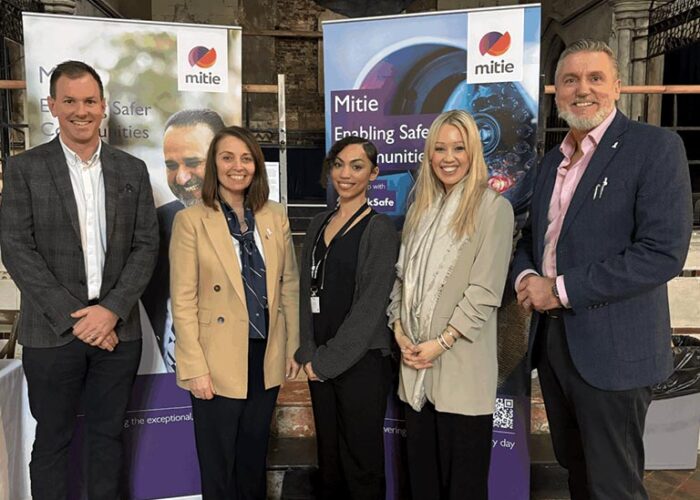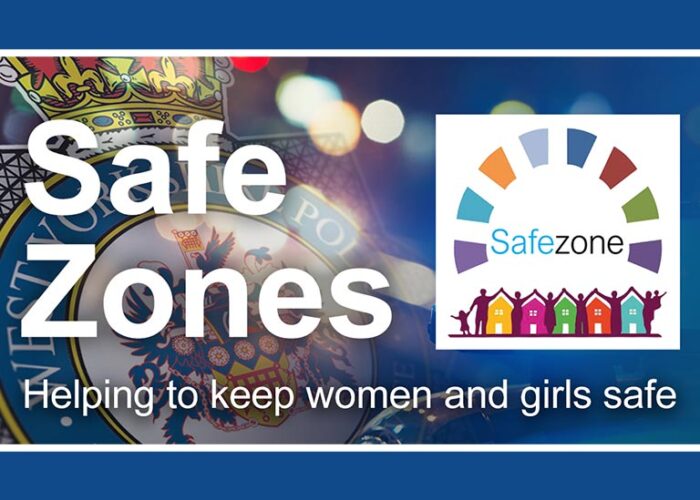Hate crimes are unfortunately on the rise and are a distressing reality in many communities. These acts of hostility and violence are motivated by prejudice and ignorance against particular groups based on characteristics such as race, ethnicity, religion, sexual orientation, gender identity, or disability. Hate crimes can have a significant psychological and emotional effect on individuals, creating fear and distrust.
Understanding the complexities of hate crimes requires a deeper understanding of intersectionality.
Intersectionality was a phrase coined by scholar Kimerlé Crenshaw in the 80’s which described the recognition that individuals’ identities are shaped by multiple social categories and power structures, which ‘intersect’ to produce unique experiences of privilege and oppression. Intersectionality helps us comprehend how different forms of discrimination intersect to shape victims’ experiences.

Continued harassment in this manner instils fear and insecurity among marginalised groups. Targeting groups and individuals based on who they are rather than for something they have done perpetuates further hate crime which violates fundamental principles of justice and equality. Intersectionality is important to understand better how various forms of oppression intersect and interact to shape people’s experiences. For example, a woman who belongs to a racial minority group may experience hate that is influenced by sexism and racism.
When examining the intersection of homophobia, racism, and sexism, it is important to recognise their similarities and distinct characteristics. At their core – all three are targeted groups. However, while homophobia targets people who identify as LGBTQ+ by perpetuating stereotypes and prejudices against sexual and gender minorities, Racism discriminates against people based on their race or ethnicity which perpetuates hierarchies of power and privilege. This gets more complex when intersectionality takes place, for example – a person who identifies as part of the LGBTQ+ community and is also a person of colour may experience heightened discrimination due to the intersection of both homophobia and racism. By recognising the multiple layers of oppression, we can begin to dismantle societal factors that continue to perpetuate the oppression of these groups.
Addressing hate crimes through intersectionality requires a multifaceted approach that acknowledges the complex ways in which discrimination operates. One way involves advocating policies that recognise these issues, such as crime legislation that explicitly acknowledges the intersecting identities of victims and enhances protections for marginalised groups. Additionally, law enforcement agencies and judicial systems must receive more training when responding to incidents of intersectional hate crime. Continued community support and Grassroots initiatives can help to connect with those affected by hate crimes of this nature and empower victims seeking justice. To make an impact in addressing intersectional hate crimes, law enforcement and policymakers must be actively involved.
In conclusion, the intersectionality of homophobia, racism, and sexism in hate crimes underscores the complexity of discrimination and the urgent need for intersectional approaches in addressing these issues. As we move forward, it’s essential to continue advocating for policies and interventions that recognise and respond to the intersectionality of discrimination, ensuring that marginalised communities receive the support and protection they deserve. By standing in solidarity with one another and committing to intersectional approaches, we can work towards a more just and equitable society where all individuals are valued and respected regardless of their identities.


